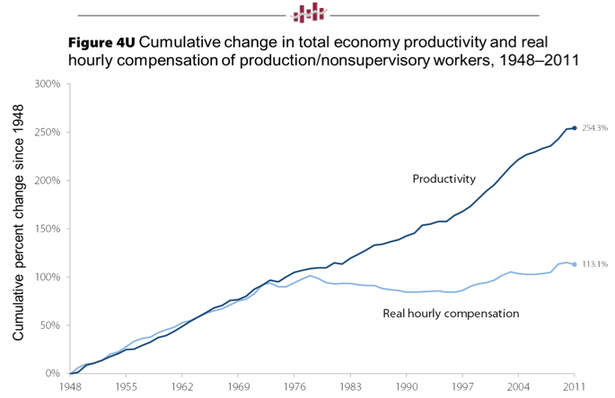De’troilet is and has been a mess for decades now. A prime example of what happens when a democrat party controlled by unions (sorry to repeat myself ) has control of a city.
An insightful story in what residents of De’troilet have to look forward to:
In a small mill town in New England, dozens of retired policemen and firefighters are feeling the pain of what they see as a broken promise, offering a glimpse into what could happen to thousands of public workers in Detroit facing massive reductions in pension payouts after the city’s declaration of bankruptcy.
Donald Cardin became a firefighter at age 20 in Central Falls, R.I., a town just north of Providence that filed for bankruptcy in 2011. He was making $60,000 a year as a fire chief before retiring at age 42 in 2007 to take care of his wife Lana, diagnosed with thymic carcinoma, a rare cancer with extremely low survival rates.
The couple relied on Cardin’s health insurance, which required no copay, to cover Lana’s $8,000-a-month treatment. Cardin worked a part-time contracting job to make up the difference between his $34,000-a-year pension and his former salary.
But that all changed in 2011 when Cardin, and his fellow firefighters and policemen, were called to a meeting at the local high school, where state-appointed receiver Robert Flanders warned them that the city would not have enough money to survive if pensions were not cut. Weeks later the city would file for bankruptcy.
…
Bruce Ogni, 53, president of the Central Falls Police Retirees Association, won’t forget that day, either.
“All of a sudden they dropped this on us. There was no real negotiation. Flanders came in and said the city is in big trouble, we need half your pension and your medical,” he said.
…
With a wife and twin boys to care for, Ogni lost $1,200 a month and had to pay additional fees incurred by his wife’s health insurance. Eight months ago, Ogni’s wife was diagnosed with breast cancer, adding more medical bills to the family’s worries.
…
Ex-fireman Laurie and his wife, Kathleen, live off disability from social security (which he receives from previously working part-time jobs in addition to his service as a fireman) and a $19,000-a-year pension — down from $39,000 before the cuts.
The Lauries makes just enough money not to qualify for public assistance, but the $2,700 the family brings in each month barely covers their $2,300 in monthly bills.
Each of these individual stories is heartbreaking, to be sure. Life threatening cancer to disability to expecting twins. All of which is enough to occupy a man, but then the additional pressures of having your world turned upside down.
But there are some striking observations:
- What reasonable world do we live in that allows a man to retire at 42 with $34,000 in pension AND full health benefits?
- Every single one of the subjects is a tragedy. Cancer, disability and expecting wife with twins.
- A 53 year old President of the Retired Police Association?
Personally, I think that contracts between companies and their pensioners should be upheld – the folks no longer have a position from which to bargain. If my company changes my compensation, I can leave or stay. However, with that said, these unions have absolutely been acting in bad faith and without moral concern for the parties involved.
They elect their cronies to office in order to negotiate with themselves. The deals they strike are so ridiculous as to fail to pass a red face test. And then, when the parasite finally kills the host leaving nothing but a dead husk – they act so SO surprised and innocent.
As if.












